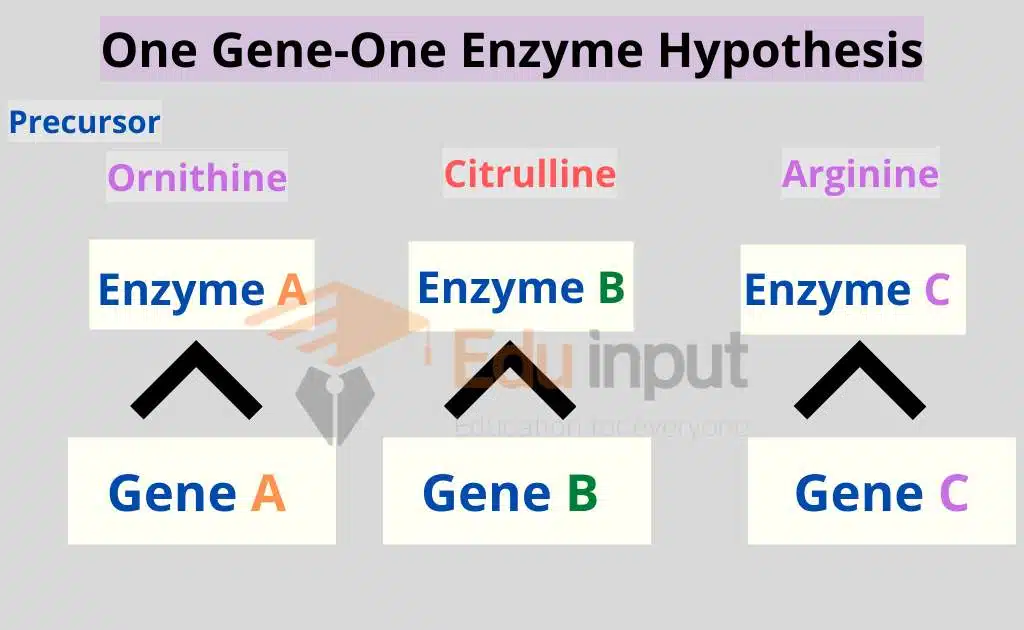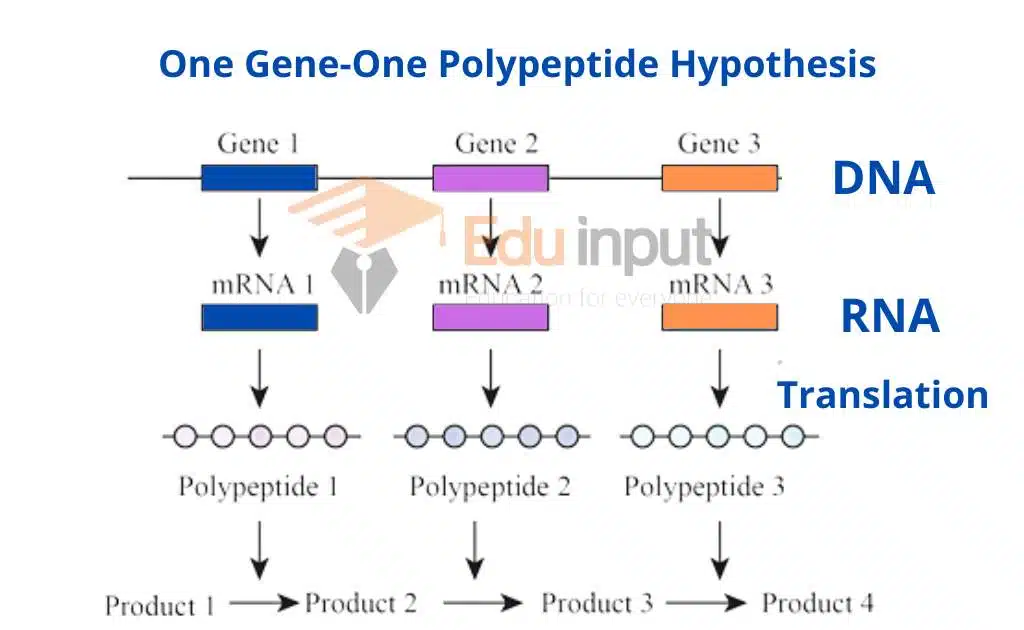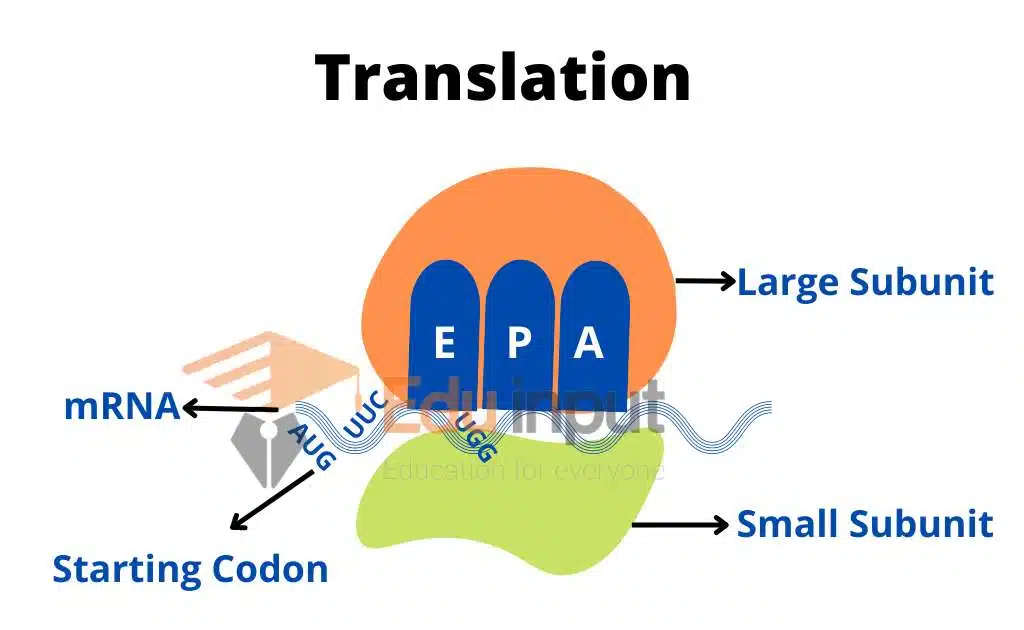What Is Gene? | Nature Of Gene
Gene is the functional and structural unit of heredity that occupies a specific location on the chromosome. Genes are made up of DNA. Gene codes instructions for protein synthesis. Hereditary characters are transferred from parents to offspring through genes.
Genes were a hypothetical material unit of genetic material until different scientists worked for decades to understand the nature of the gene.

Structure of Gene
Genes are made of a chemical called deoxyribonucleic acid (DNA), except in some viruses where genes are made of a similar compound called ribonucleic acid (RNA). The DNA molecule consists of two twisted chains made up of sugars, phosphates, and bonded pairs of nitrogenous bases.
These bases include adenine (A), guanine (G), cytosine (C), and thymine (T). The chains are held together by specific base-pairing rules, where A bonds with T and C bonds with G. When the bonds are broken, the chains separate, and new nucleotides attach to each chain based on the base-pairing rule.
This process creates two identical DNA molecules from one and allows the transfer of hereditary information from one generation to the next.
Nature Of Gene
Experiments of the following scientists determine the nature of genes:
Archibald Garrod and William Bateson (1902)
Garrod conducted a study on families affected by certain diseases and made significant discoveries. He observed that these diseases were caused by simple recessive alleles, following Mendelian inheritance patterns.
One disease he focused on was alkaptonuria, where patients excreted black urine due to the presence of homogentisic acid. He found that normal individuals possess an enzyme responsible for breaking down homogentisic acid, whereas patients with alkaptonuria lack this enzyme.
Garrod speculated that enzyme deficiencies might be the cause of other inherited diseases. He proposed that DNA contains genetic codes for synthesizing specific enzymes, although experimental evidence to support this claim was not available at that time.
Experiments George Beadle and Edward Tatum
In 1941, geneticists Beadle and Tatum conducted experiments at Stanford University (UK) that provided crucial insights into gene action. They induced mendelian mutations in chromosomes using x-rays on Neurospora spores, resulting in damaged DNA regions responsible for synthesizing important biochemical compounds.
These changes in DNA, known as mutations, gave rise to mutant organisms. By growing the progeny of irradiated spores on a defined medium containing essential nutrients, they sustained the mutant strains of Neurospora. Beadle and Tatum then investigated the metabolic deficiencies in the mutant strains by subjecting individual fungal cells to a minimal medium lacking specific types of compounds necessary for growth.
They isolated numerous growth-deficient mutants and further identified the biochemical deficiencies by introducing various chemicals to the minimal medium. For instance, they found mutant strains that could grow in the presence of arginine, and through genetic mapping, they identified clusters of mutations in the arginine gene located in three distinct areas.
There are the following hypotheses were proposed to explain the nature of genes.
One gene-one Enzyme Hypothesis
Beadle and Tatum isolated a mutant strain of arginine. It has a defective enzyme. This defective enzyme was produced due to mutation.
Mutations occurred at specific chromosomal sites, beadle and Tatum found that chromosomes have a different site for the synthesis of each enzyme. Thus each mutant had a defect in a single enzyme. A mutation at a single site on one chromosome caused it.
Beadle and Tatum concluded that genes produce their effects through enzymes. Each gene encodes the structure of one enzyme. They called this relationship one gene-one enzyme hypothesis.

One gene-one Polypeptide
Many enzymes contain multiple proteins or polypeptide subunits. Each subunit is encoded by a separate gene: thus this relationship is more commonly called one gene/one- polypeptide. Enzymes are responsible for catalyzing the synthesis of all the parts of an organism.
They are also responsible for the synthesis of nucleic acids, proteins, carbohydrates, and lipids. Therefore, DNA encodes the structure of enzymes and other proteins. The enzymes and proteins specify the structure of the organism.

Related FAQs
What is gene?
Gene is the functional and structural unit of heredity that occupies a specific location on the chromosome.
What is a gene made up of?
Gene is made up of DNA (heredity material).
What is the function of Gene?
Gene codes instructions for the protein synthesis.
What is the One gene-one Enzyme Hypothesis?
Beadle and Tatum gave this hypothesis. They isolated a mutant strain of arginine. It has a defective enzyme. This defective enzyme was produced due to mutation.
What is One gene-one Polypeptide?
This Hypothesis explains that every gene is responsible for the synthesis of a single polypeptide. Many enzymes contain multiple proteins or polypeptide subunits. Each subunit is encoded by a separate gene: thus this relationship is more commonly called one gene/one- polypeptide.







Leave a Reply